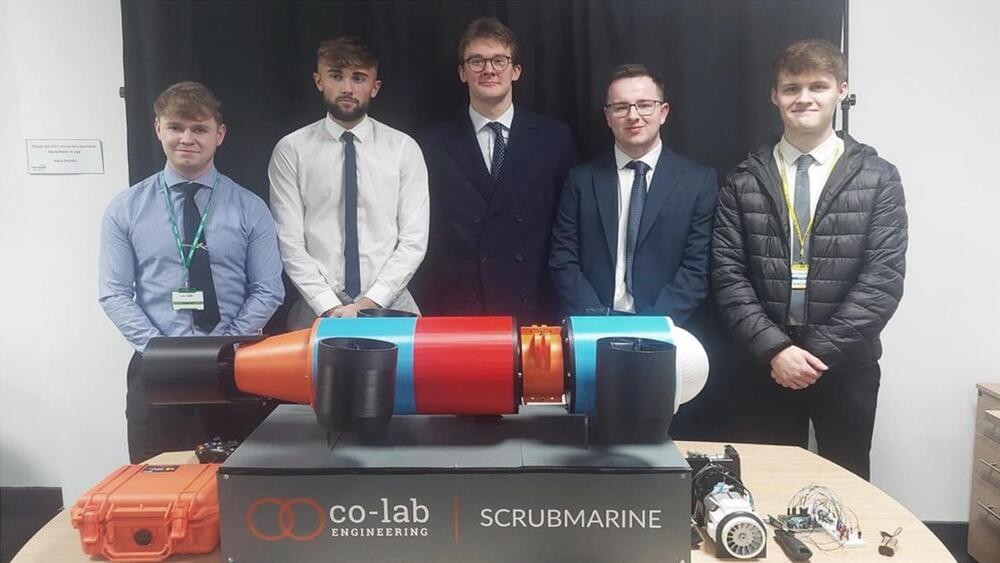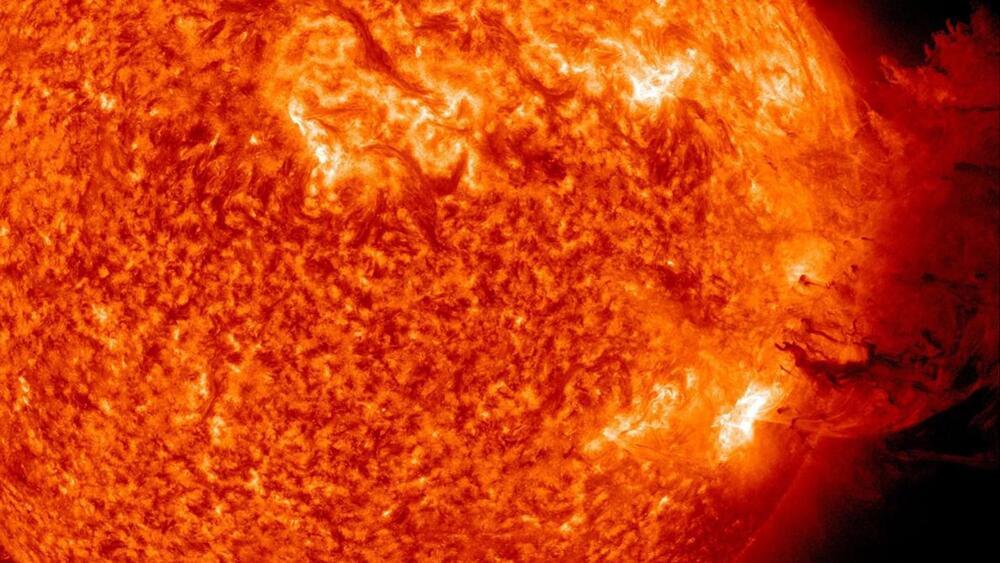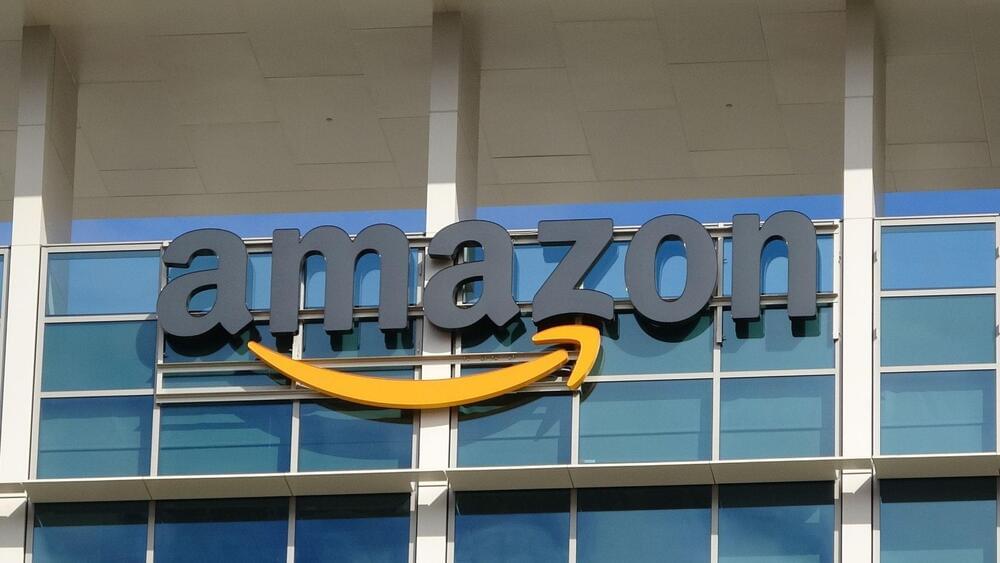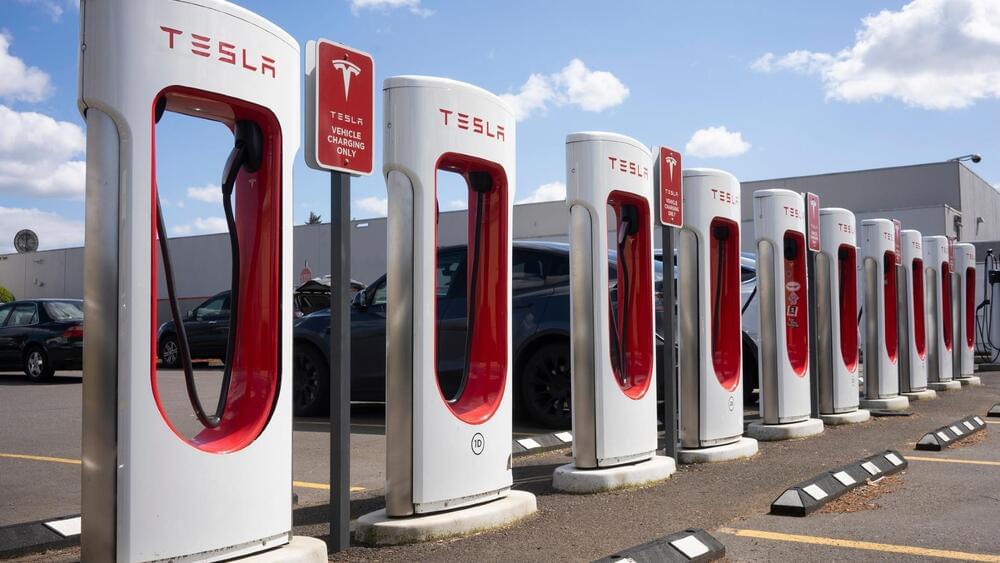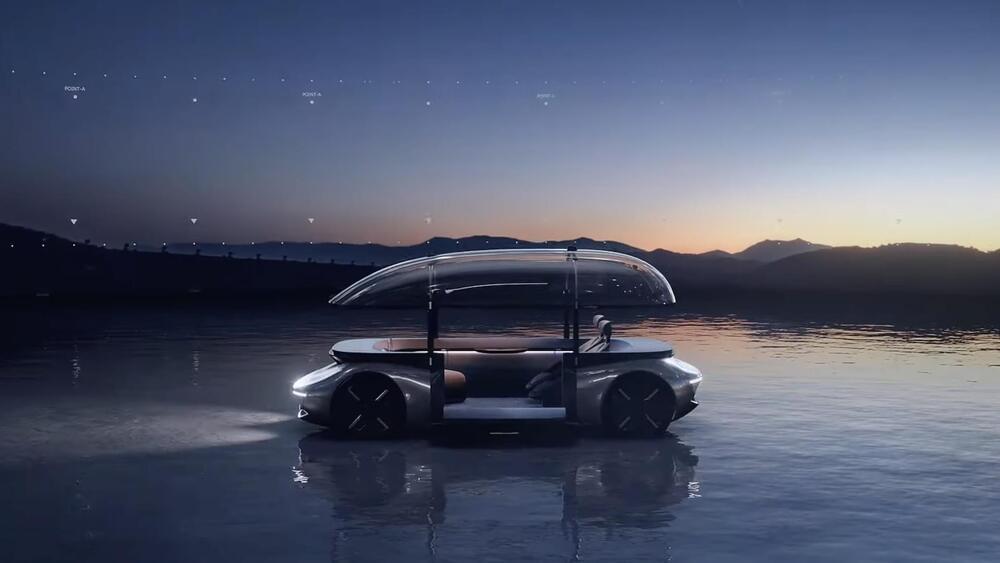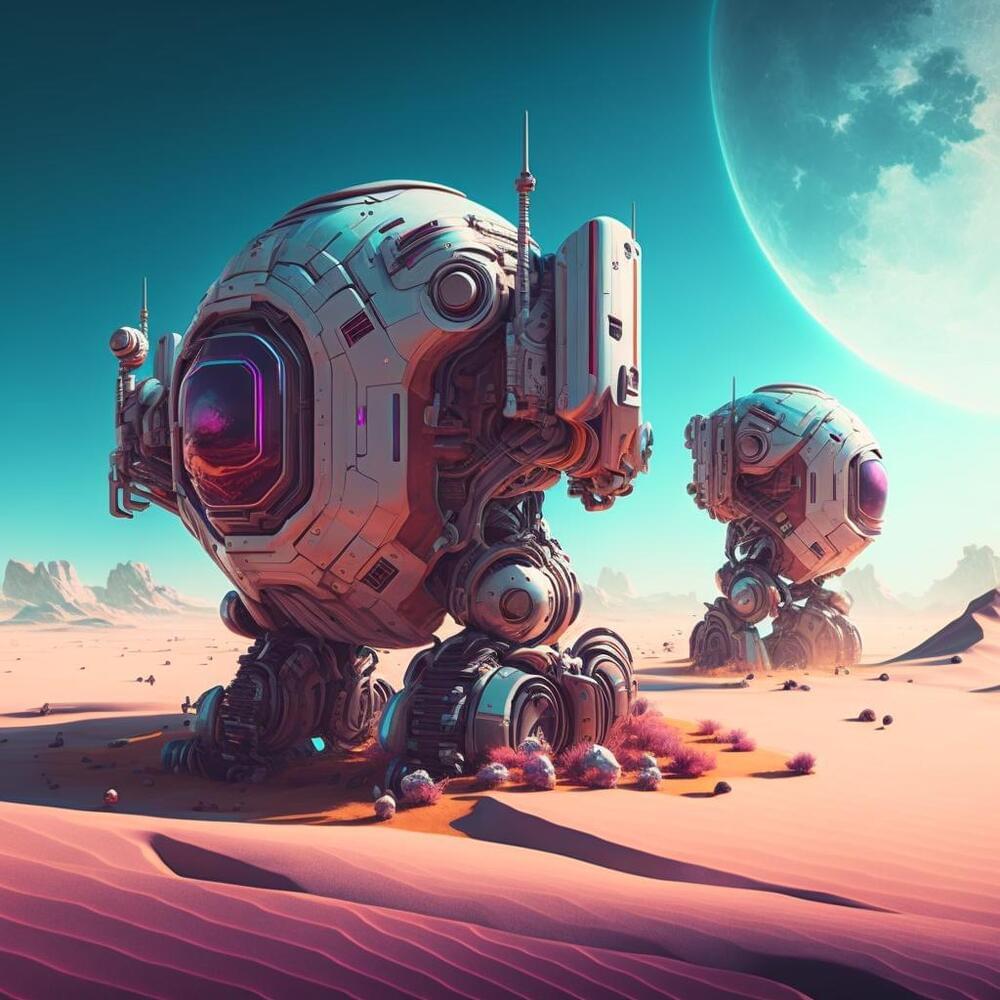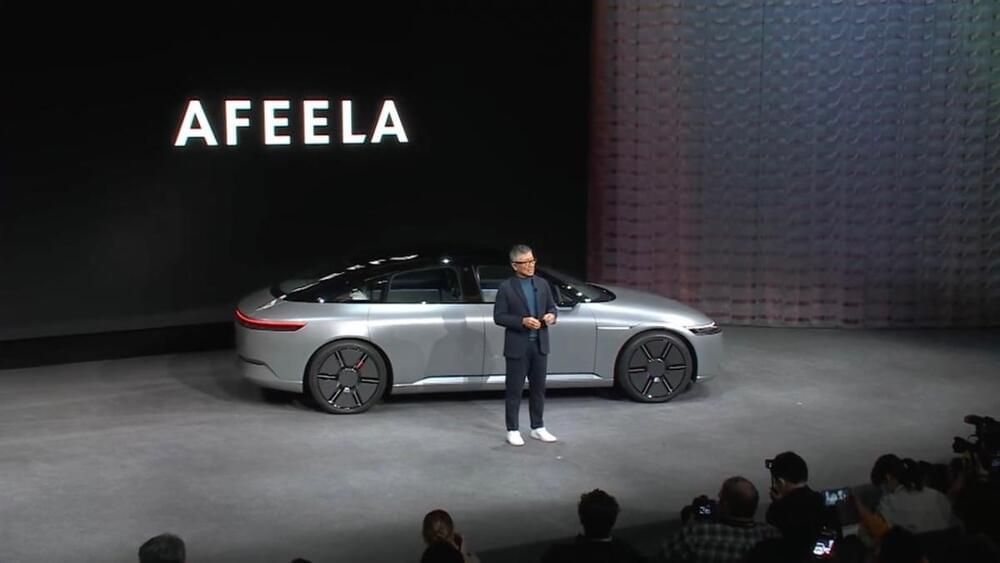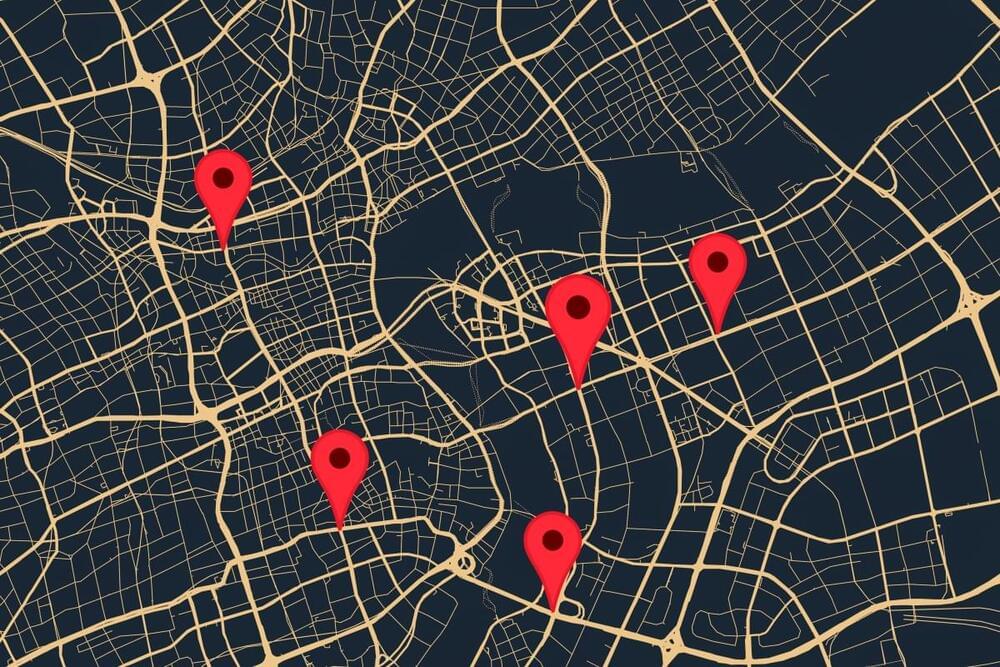“Five strangers were pulled together” in an engineering challenge to find a solution to a real-world problem.
Engineering researchers of an innovative academy program have designed a Submersible Remotely Operated Vehicle (SROV) in a span of six weeks after accepting the U.K. Navy’s challenge.
“I was skeptical at first that we could pull off such an ambitious project within the timeframe,” said Dylan Brennan, project team lead, a nuclear graduate working for Jacobs.
Co.lab.engineering.
The five young engineers, who were part of the first cohort of the newly launched Co-Lab Engineering Academy, presented a concept design of their “ScrubMarine,” a submersible cleaning drone.
